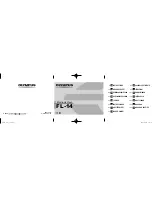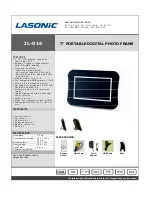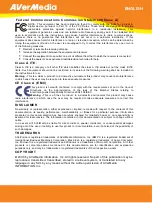
Figure 5.4 Cut-away diagram of the top part of the PUMA microscope with simplified schematic of an
eyepiece in situ.
Left
: The ‘eye point’ distance used in table 5.1.
Right
: The ‘exit lens diameter’ used in table
5.1
For example, using my method the ‘eye point’ of a Leica L Plan eyepiece came to 23 mm
as measured on the PUMA microscope but 20 mm as measured with the same technique
on the Leica DMLS microscope. Also, the ‘eye point’ on the PUMA microscope of an
Olympus SWHK 10xL eyepiece came to 17 mm but when measured on an Olympus BH2
BHS microscope it came to 15 mm. I have an actual manufacturer ‘eye relief’ figure for the
the two astronomical eyepieces tested in this group – the Bresser 20 mm SPL and the
Celestron X-Cel LX 18 mm – both of which are claimed by the manufacturer to have an
eye relief of 16 mm. My measurement of eye point gave a value of 15 mm for the Bresser
and 18 mm for the Celestron. This difference may be accounted for by the fact that the
level of the focal plane of astronomical eyepieces are not standardised like microscope
eyepieces to be exactly 10 mm below the shoulder of the eyepiece.
For all these reasons my ‘eye point’ measure does not equate to eye relief. However, this
eye point measure did correlate well with the actual eye relief experienced with each
eyepiece in that those with a longer eye point had longer eye relief in practice.
The results of my tests are shown in table 5.1.
OptArc AF51 Camera Page 53 of 99 User Guide v1.02
















































